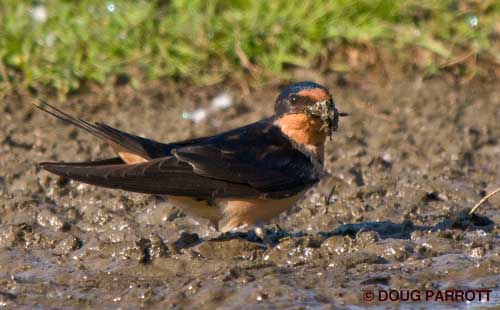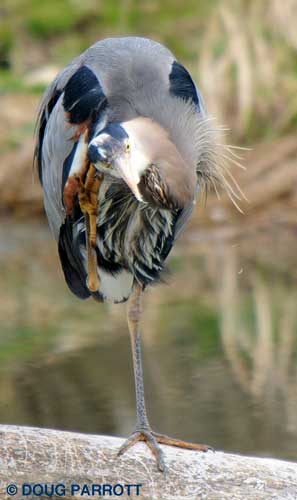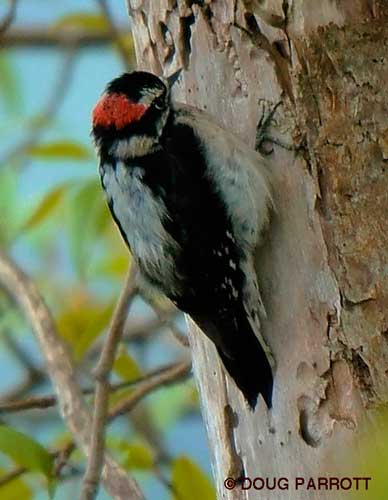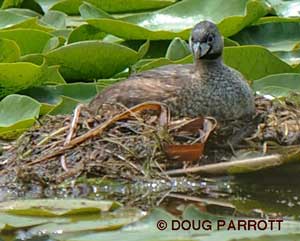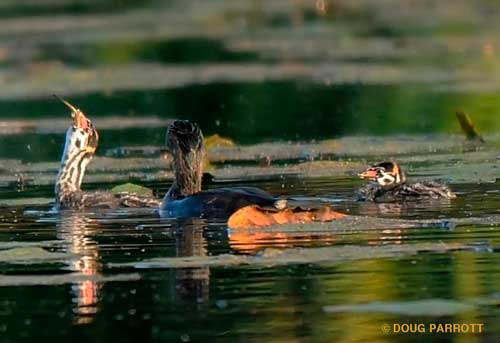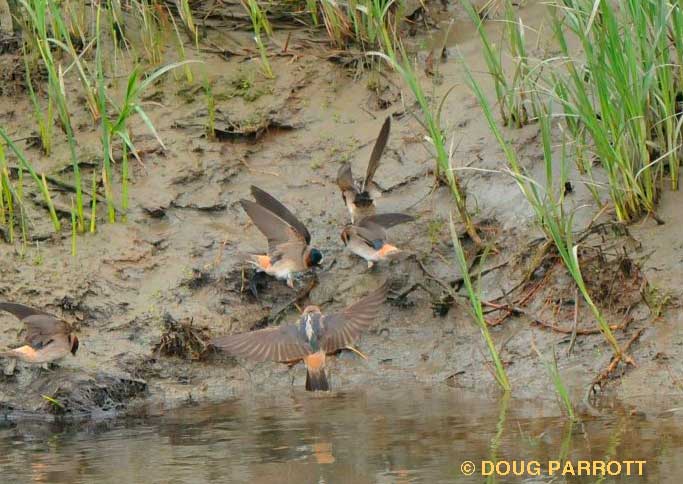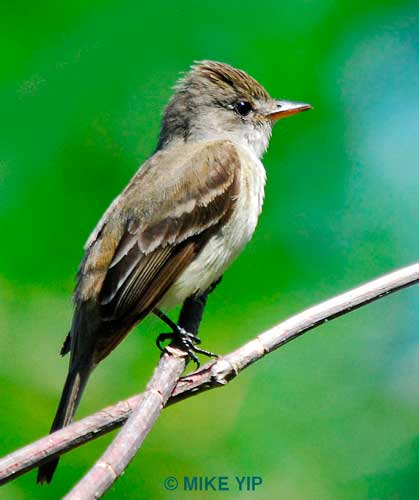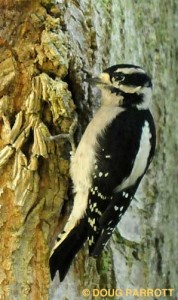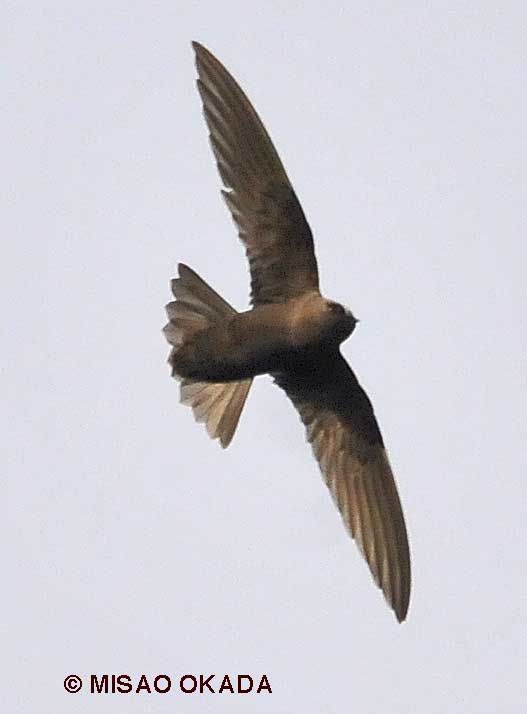I’ve been hearing a lot of muttering at the mud puddle that leaks out of Southwest Pond and covers a portion of the Loop Trail, like a watery boulder in the path of life. Runners come to it and start dancing up and down in place as they contemplate how wet and dirty their expensive running shoes will become if they splash through, versus what would happen if they follow the newly trodden path through the grassland above the trail. Unfortunately, they soon realize the new trail is also unbelievably wet and muddy. That’s when they start to mutter.
Birders are just as chary of the mud. “Did you get through?” they often ask me as I round the Loop Trail, much as the royal heads of Europe must have asked their hired explorers after they tried to find the Northwest Passage. A mix of hope and curiosity.
One day, as I approached the Great Barrier Puddle, I saw that someone had placed a stick in it as a kind of wooden steppingstone. It didn’t last. Numerous feet soon trod it deeper and deeper into the depths of the puddle, until it disappeared from view. It’s probably still down there, waiting to burst forth again like Atlantis rising from the sea, if and when our summer ever dries out.
What is irritating to us, however, is essential to the birds. Barn Swallows and Cliff Swallows come here to gather mud for their nests. A Common Yellowthroat sometimes lands near the edge to hunt for insects. Yesterday, a Virginia Rail slowly slinked out of its marshy blind and poked about for crustaceans. I think it got a little snail. Every now and then, the Cinnamon Teal pair who live in the pond stand in the puddle just deep enough to cover their feet. Why do they do this? I can’t say. We humans don’t always know why a bird does something. We just have to know that it’s up to us to provide enough good habitat for them to do what they need to survive. Even if it comes at an irritating cost to us.

